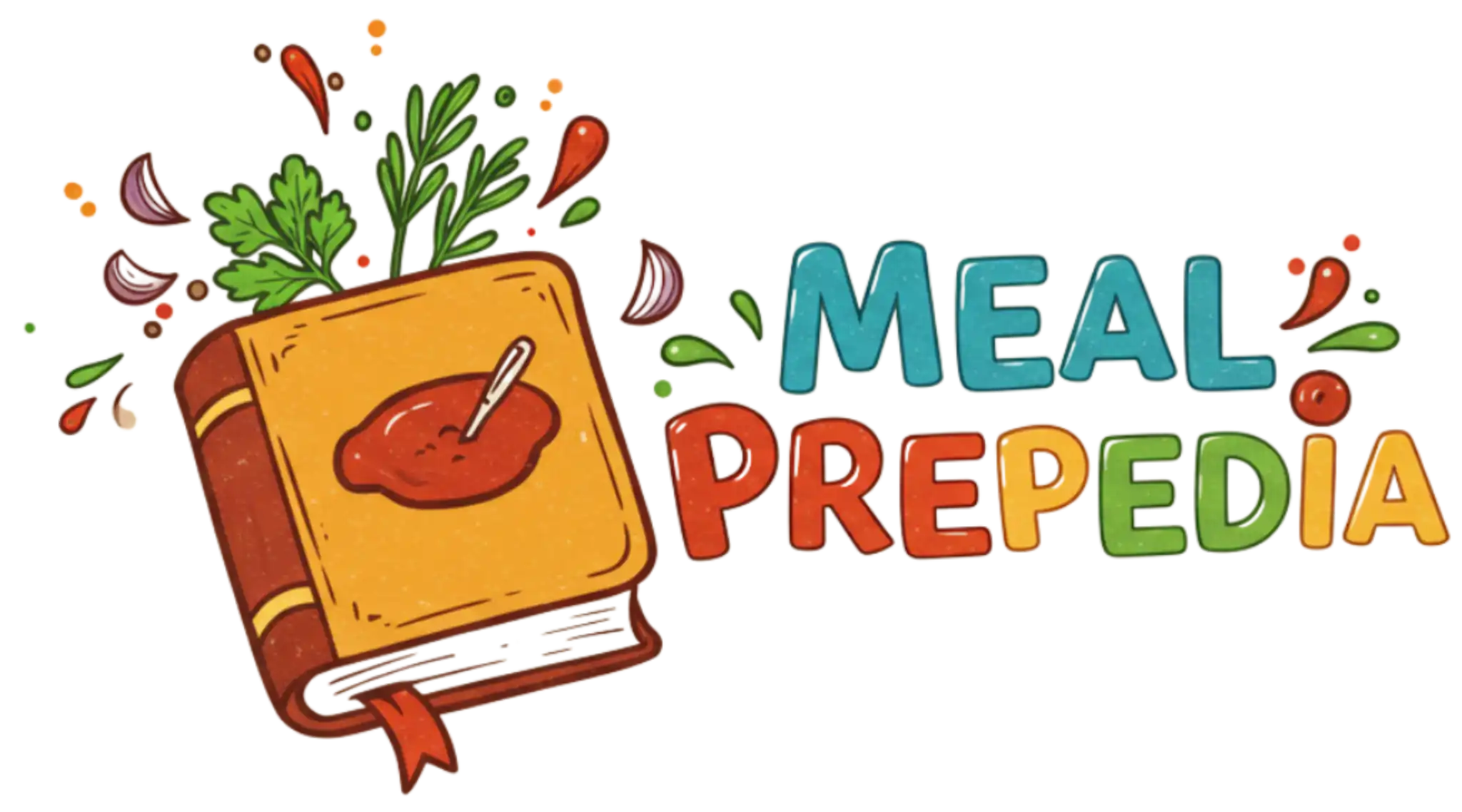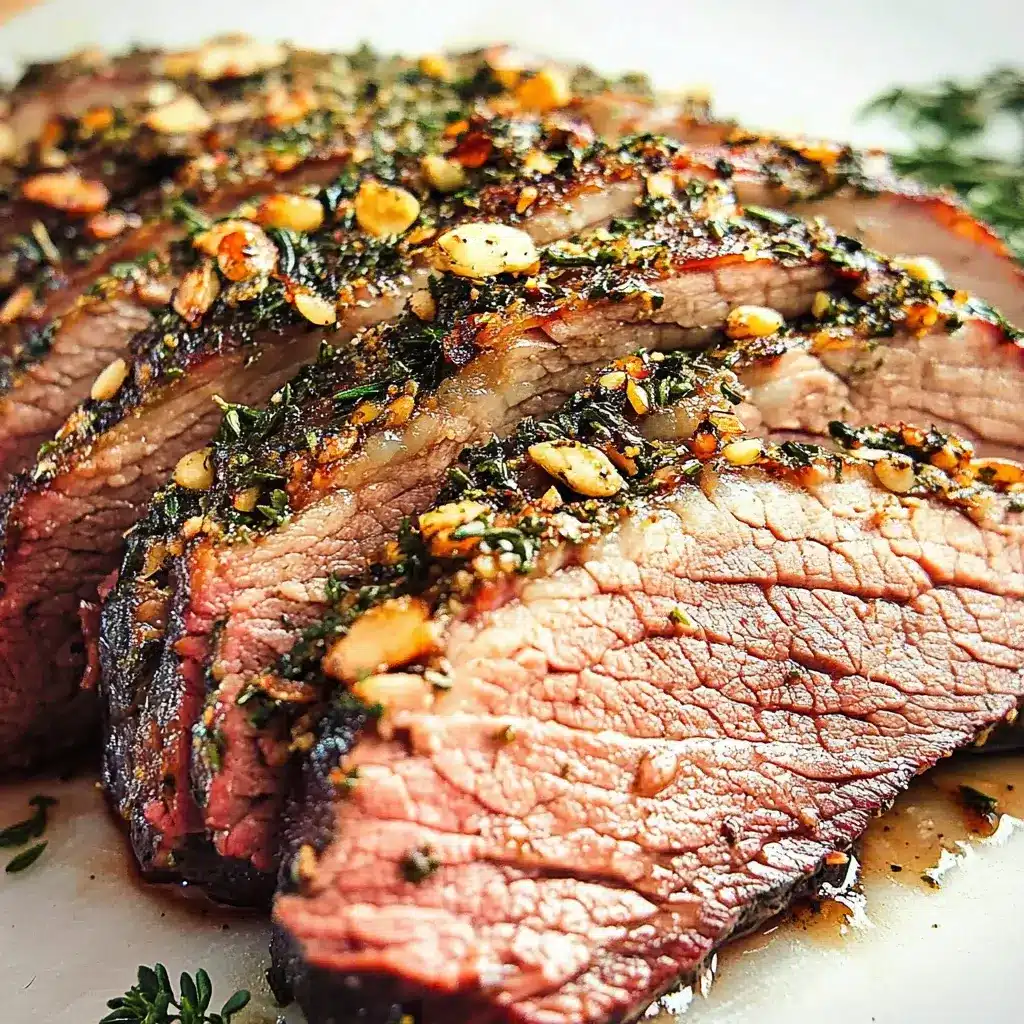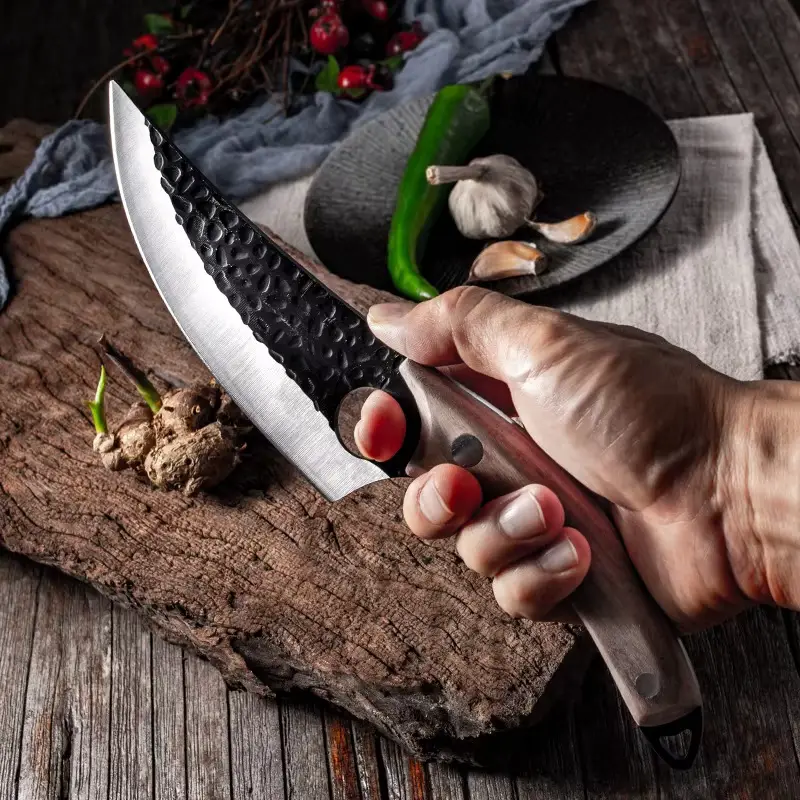It’s funny, sometimes the best recipes are the ones that come about almost by accident. This Herb Crusted Beef Brisket was one such happy discovery. I had a brisket I wanted to cook, but felt like deviating from my usual smoky, slow-cooked method. I had a garden overflowing with fresh herbs, and inspiration struck. The result? A flavor explosion that had my family raving! The aromatic crust, crispy and packed with herbs, gave way to incredibly tender, melt-in-your-mouth brisket. Even my pickiest eater, who usually shies away from anything “too flavorful,” devoured it. This recipe has become a new family favorite, perfect for Sunday dinners or any special occasion where you want to impress with minimal fuss but maximum flavor. Trust me, once you try this herb-crusted brisket, you’ll be hooked too!
Ingredients for Herb Crusted Beef Brisket
- Beef Brisket (3-4 pounds): The star of the show, choose a brisket with good marbling for maximum tenderness and flavor. Look for a brisket flat or a point cut, depending on your preference and availability.
- Fresh Rosemary (2 tablespoons, chopped): Provides a piney, aromatic note that complements beef beautifully. Fresh rosemary is key for the best flavor.
- Fresh Thyme (2 tablespoons, chopped): Earthy and slightly lemony, thyme adds depth and complexity to the herb crust. Fresh thyme is preferred over dried for its vibrant taste.
- Fresh Parsley (1/4 cup, chopped): Adds a fresh, clean flavor and bright green color to the crust. Flat-leaf parsley (Italian parsley) is recommended for its robust flavor.
- Garlic Cloves (4-5 cloves, minced): Essential for savory depth and aroma. Freshly minced garlic is crucial for optimal flavor.
- Olive Oil (1/4 cup): Helps bind the herb crust ingredients together and adds moisture to the brisket during cooking. Use good quality extra virgin olive oil for the best taste.
- Dijon Mustard (2 tablespoons): Adds a tangy kick and helps the herb crust adhere to the brisket. Dijon mustard provides a more complex flavor than yellow mustard.
- Salt (2 tablespoons, or to taste): Enhances all the flavors and seasons the brisket. Kosher salt or sea salt is recommended.
- Black Pepper (1 tablespoon, freshly ground): Adds a pungent spice and complements the herbs. Freshly ground black pepper offers a much bolder flavor.
- Beef Broth (1 cup): Used for braising the brisket, keeping it moist and adding richness to the cooking liquid. Low-sodium beef broth is preferred to control salt levels.
Instructions
- Prepare the Brisket: Preheat your oven to 325°F (160°C). Remove the brisket from its packaging and pat it dry with paper towels. This helps ensure a good crust formation. Trim any excess hard fat from the brisket, leaving a thin layer for flavor and moisture. Season the brisket generously on all sides with salt and freshly ground black pepper. Don’t be shy with the seasoning – brisket can handle a lot of flavor!
- Make the Herb Crust: In a medium bowl, combine the chopped fresh rosemary, chopped fresh thyme, chopped fresh parsley, minced garlic cloves, olive oil, and Dijon mustard. Mix well until all ingredients are evenly combined and form a fragrant herb paste. This is your flavorful armor for the brisket.
- Apply the Herb Crust: Using your hands, generously spread the herb crust mixture all over the top and sides of the brisket. Press the herbs firmly onto the brisket to ensure they adhere well. You want to create a thick, even layer of herbs that will form a beautiful and flavorful crust during roasting.
- Sear the Brisket (Optional but Recommended): For enhanced flavor and a richer crust, sear the brisket before roasting. Heat a large oven-safe Dutch oven or heavy-bottomed skillet over medium-high heat. Add a tablespoon of olive oil or beef tallow to the hot pan. Sear the brisket on all sides until nicely browned, about 2-3 minutes per side. Searing adds depth of flavor through the Maillard reaction. If you skip searing, you can proceed directly to the next step.
- Braise the Brisket: Pour the beef broth into the Dutch oven or skillet around the brisket. The broth should come about halfway up the sides of the brisket. Bring the broth to a simmer on the stovetop. This initial stovetop simmer helps to heat the broth and start the braising process quickly.
- Roast in the Oven: Cover the Dutch oven or skillet tightly with a lid. Transfer it to the preheated oven and roast for 3-4 hours, or until the brisket is fork-tender. The cooking time will vary depending on the size and thickness of your brisket. Check for tenderness after 3 hours by inserting a fork into the thickest part of the brisket. It should pierce easily with minimal resistance. If not, continue roasting and check again every 30 minutes.
- Rest the Brisket: Once the brisket is fork-tender, remove the Dutch oven from the oven. Let the brisket rest, covered, in the Dutch oven for at least 30 minutes, or up to an hour. Resting is crucial for allowing the juices to redistribute throughout the meat, resulting in a more tender and flavorful brisket. Do not skip this step!
- Slice and Serve: After resting, carefully remove the brisket from the Dutch oven and place it on a cutting board. Slice the brisket against the grain for maximum tenderness. The grain of the brisket refers to the direction of the muscle fibers. Slicing against the grain shortens these fibers, making the brisket easier to chew and more tender. Serve the herb-crusted beef brisket hot, drizzled with some of the pan juices from the Dutch oven. The pan juices are full of flavor and add moisture and richness to the sliced brisket.
Nutrition Facts
Servings: 8
Calories per serving: Approximately 450-550 (estimated, varies based on brisket fat content and serving size)
- Protein: 40-50g
- Fat: 25-35g (varies based on brisket trim)
- Iron: 4-5mg
(Note: Nutritional information is an estimate and can vary based on specific ingredients, portion sizes, and preparation methods. For accurate nutritional information, use a nutrition calculator with specific ingredient brands and quantities.)
Preparation Time
- Prep Time: 20 minutes (for trimming brisket, making herb crust, and searing – if searing)
- Cook Time: 3-4 hours (roasting in the oven)
- Rest Time: 30 minutes – 1 hour
- Total Time: Approximately 4-5.5 hours (including resting)
This Herb Crusted Beef Brisket recipe requires a bit of time, mostly for the slow roasting which is hands-off. The active preparation is minimal, making it a wonderfully flavorful yet relatively easy dish to prepare, perfect for a weekend meal or special occasion.
How to Serve Herb Crusted Beef Brisket
This flavorful Herb Crusted Beef Brisket is incredibly versatile and pairs well with a variety of side dishes. Here are some delicious serving suggestions:
- Classic Sides:
- Mashed Potatoes: Creamy mashed potatoes are a perfect complement to the rich brisket and flavorful pan juices.
- Roasted Root Vegetables: Carrots, parsnips, and potatoes roasted with herbs and olive oil offer a hearty and flavorful side.
- Creamy Polenta: A soft and comforting polenta provides a wonderful base to soak up the brisket juices.
- Green Beans Almondine: Crisp-tender green beans with toasted almonds add a touch of freshness and crunch.
- Fresh and Bright Options:
- Coleslaw: A tangy coleslaw cuts through the richness of the brisket and provides a refreshing contrast.
- Cucumber Salad: A light and refreshing cucumber salad with vinegar and dill offers a cooling counterpoint.
- Tomato and Mozzarella Salad (Caprese): The acidity of tomatoes and creamy mozzarella provide a bright and flavorful side.
- Quinoa Salad: A healthy and vibrant quinoa salad with vegetables and herbs adds a nutritious element.
- Bread and Accompaniments:
- Crusty Bread: Serve with slices of crusty bread to soak up the delicious pan juices.
- Dinner Rolls: Warm dinner rolls are always a welcome addition to a hearty meal.
- Horseradish Sauce: A dollop of horseradish sauce adds a spicy kick that complements the beef.
- Chimichurri Sauce: For an extra herbaceous boost, serve with a vibrant chimichurri sauce.
Additional Tips for the Best Herb Crusted Beef Brisket
- Choose the Right Brisket Cut: For this recipe, a brisket flat or a point cut will work well. Brisket flat is leaner, while the point cut is richer and more marbled. If you can find a whole packer brisket, you can separate the flat and point and use the flat for this herb-crusted recipe and smoke the point for burnt ends!
- Don’t Skimp on the Herbs: Fresh herbs are key to the vibrant flavor of this dish. Use generous amounts of rosemary, thyme, and parsley for the best results. Dried herbs can be used in a pinch, but reduce the quantity by about half and expect a less intense flavor.
- Season Generously: Brisket is a large cut of meat and needs to be well-seasoned. Don’t be afraid to use a generous amount of salt and pepper, both before and after applying the herb crust. Proper seasoning is crucial for bringing out the best flavors.
- Sear for Deeper Flavor (Recommended): Searing the brisket before roasting creates a beautiful browned crust and adds depth of flavor through the Maillard reaction. This step is highly recommended but optional if you are short on time.
- Braise Low and Slow: Low and slow braising is the secret to tender brisket. Roasting at 325°F (160°C) for 3-4 hours allows the collagen in the brisket to break down, resulting in melt-in-your-mouth tenderness. Patience is key!
- Check for Tenderness: Brisket is done when it is fork-tender. Start checking for tenderness after 3 hours of roasting and continue cooking until a fork easily pierces the thickest part of the brisket. Overcooked brisket can become dry, so monitor it closely.
- Rest is Essential: Resting the brisket after cooking is crucial for allowing the juices to redistribute throughout the meat. This results in a more tender and flavorful brisket. Allow it to rest, covered, for at least 30 minutes, or up to an hour, before slicing.
- Make Ahead Option: You can prepare the herb crust a day ahead and store it in the refrigerator. The brisket can also be cooked a day in advance and reheated gently in its braising liquid. This makes it a great option for entertaining. Reheating in the braising liquid helps to keep the brisket moist and flavorful.
FAQ About Herb Crusted Beef Brisket
Q1: Can I use dried herbs instead of fresh herbs?
A: While fresh herbs are highly recommended for the best flavor, you can use dried herbs in a pinch. Use about half the amount of dried herbs as you would fresh herbs. For example, use 1 tablespoon of dried rosemary instead of 2 tablespoons of fresh. Keep in mind the flavor will be less vibrant.
Q2: Can I make this recipe without a Dutch oven?
A: Yes, you can use a large, heavy-bottomed oven-safe pot with a tight-fitting lid or a roasting pan tightly covered with heavy-duty aluminum foil. The key is to ensure the brisket is well-covered to trap moisture during braising.
Q3: How do I know when the brisket is done?
A: The brisket is done when it is fork-tender. Insert a fork into the thickest part of the brisket; it should pierce easily with minimal resistance. The internal temperature should reach around 200-205°F (93-96°C), but tenderness is a better indicator than temperature alone.
Q4: Can I cook this brisket in a slow cooker?
A: Yes, you can adapt this recipe for a slow cooker. Sear the brisket as directed, then place it in the slow cooker. Add the beef broth and cook on low for 8-10 hours, or on high for 4-5 hours, until fork-tender. The herb crust may not get as crispy in the slow cooker, but the flavor will still be delicious.
Q5: What if I don’t have Dijon mustard? Can I use another type of mustard?
A: Dijon mustard is preferred for its tangy and complex flavor, but you can substitute it with other types of mustard like brown mustard or even yellow mustard in a pinch. The flavor profile will be slightly different, but it will still work to bind the herb crust and add flavor.
Q6: Can I freeze leftover herb-crusted brisket?
A: Yes, leftover brisket freezes well. Let the brisket cool completely, then slice it and store it in airtight containers or freezer bags. Freeze for up to 2-3 months. Thaw overnight in the refrigerator and reheat gently in a skillet with a little beef broth or pan juices to keep it moist.
Q7: What can I do with the leftover pan juices from the brisket?
A: The pan juices are incredibly flavorful and should not be wasted! Skim off any excess fat, then use the juices to drizzle over the sliced brisket, mashed potatoes, or polenta. You can also reduce the pan juices on the stovetop to create a more concentrated sauce.
Q8: Can I add vegetables to the Dutch oven while the brisket is roasting?
A: Yes, you can add root vegetables like carrots, potatoes, and onions to the Dutch oven during the last 1.5-2 hours of roasting. Cut the vegetables into large chunks and place them around the brisket. They will roast in the beef broth and absorb the flavorful juices. This makes it a complete one-pot meal!






